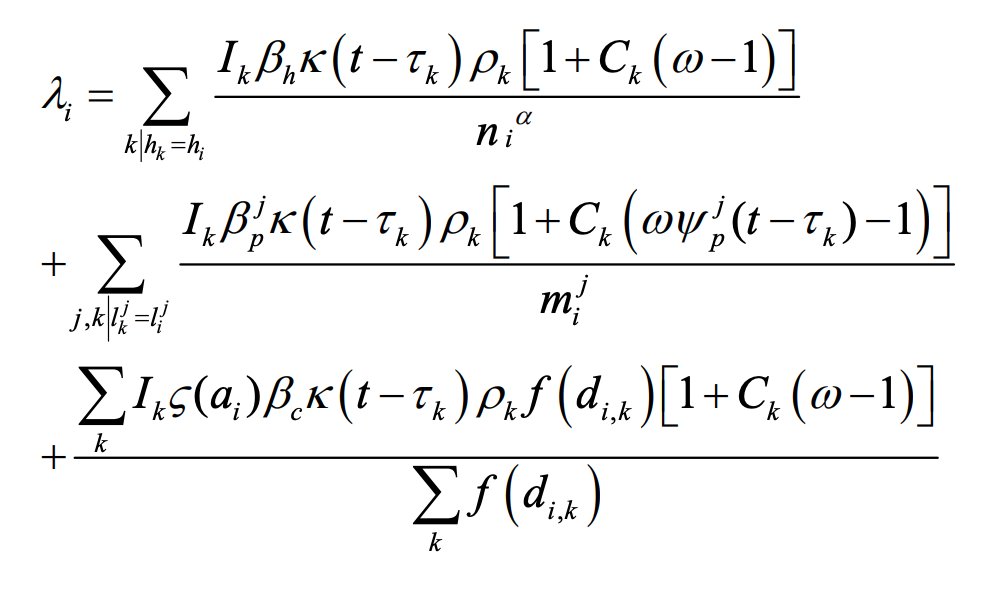imperial.ac.uk/media/imperial…
are members of only one place. Places are distributed randomly in space, with a density proportional to that of the population.
to rise, resulting in a predicted peak epidemic later in the year. The more successful a strategy is at temporary suppression, the larger the later epidemic is predicted to be in the absence of vaccination"










